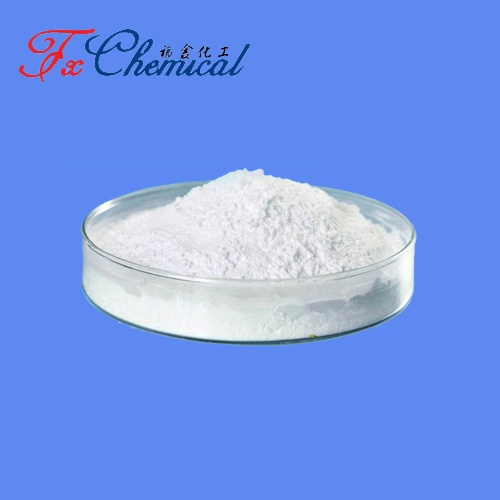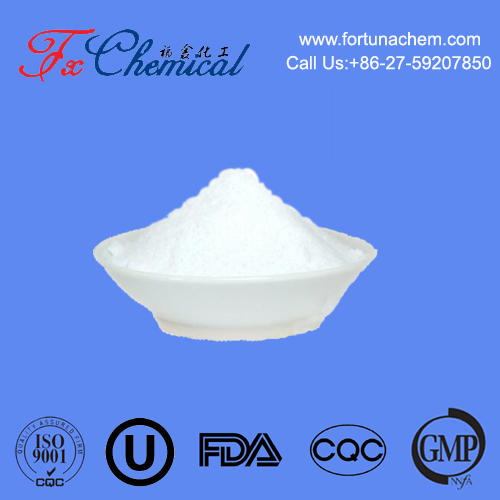
Search

Search



Wright's stain is a type of staining solution commonly used in medical laboratories to stain blood smears for the examination of blood cells under a microscope. It is a combination of eosin (an acidic dye) and methylene blue (a basic dye), and it allows for the differentiation of various cell types in blood samples.
When applied to a blood smear, Wright's stain colors different cell components, such as:
Red blood cells (RBCs): Appear pink or red due to the eosin.
White blood cells (WBCs): Different types of WBCs (like neutrophils, lymphocytes, monocytes, etc.) take on varying shades due to the methylene blue and eosin, making their identification easier.
Platelets: These appear as small purple or blue spots.
Wright's stain is particularly useful in the study of hematology and in diagnosing blood disorders like anemia, leukemia, and infections, as it helps highlight abnormalities in cell morphology.
Wright's stain is primarily used in hematology for the examination and analysis of blood samples. Its main applications include:
Differentiation of blood cells: Wright's stain helps distinguish the different types of blood cells, including:
Red blood cells (RBCs): Stain pale pink or orange.
White blood cells (WBCs): Each type of WBC has a distinct color and appearance, helping to identify neutrophils, lymphocytes, monocytes, eosinophils, and basophils.
Platelets: Appear as small, purple-blue fragments.
This differentiation is crucial for understanding the overall health of the blood and identifying specific abnormalities or conditions.
Anemia: Wright’s stain helps in detecting abnormal shapes or sizes of RBCs, which are characteristic of various types of anemia.
Leukemia: The stain helps identify abnormal WBCs, such as blasts in leukemia, or the disproportionate number of certain types of WBCs.
Infections: The presence of certain WBCs, like neutrophils (which appear with a lobed nucleus), may indicate bacterial infections, while an increase in lymphocytes might indicate viral infections.
Parasites: Certain blood parasites like Plasmodium (which causes malaria) can be identified in blood smears stained with Wright’s stain.
Wright's stain is used to examine bone marrow aspirates or biopsies for hematologic malignancies and to evaluate the production of blood cells.
Morphological abnormalities: Wright's stain aids in detecting abnormalities in the size, shape, and structure of blood cells, such as sickle-shaped RBCs in sickle cell anemia, or the presence of abnormally large platelets or nucleated RBCs.
Toxic granulation in neutrophils (a sign of infection or inflammation) can also be observed.
In clinical laboratories, Wright's stain is applied to routine blood smears to provide a quick and effective way to evaluate the general condition of the blood, including cell counts and the presence of abnormal cells or infections.
Wright's stain is often used in research to study hematopoiesis, or the formation of blood cells, especially in experiments that examine the development and differentiation of hematopoietic cells.
Abnormal platelet numbers (either too high or too low) can be identified and studied with Wright's stain, aiding in the diagnosis of various conditions related to platelet production or destruction.
Blood cell morphology and differentiation
Diagnosis of blood diseases (e.g., anemia, leukemia, infections)
Examination of bone marrow and blood parasites
Detection of blood abnormalities (e.g., sickle cells, toxic granulation)
Overall, Wright’s stain is an essential tool in clinical hematology, enabling the analysis and diagnosis of a wide range of hematologic conditions.

Fortunachem Provides Not Only Professional Chemical Products But Also Professional Help
Keeping you up-to-date with all the latest information, news, and events about Fortunachem!

Quick Links
Add:
E-mail:
 English
English  Español
Español  français
français  العربية
العربية 






